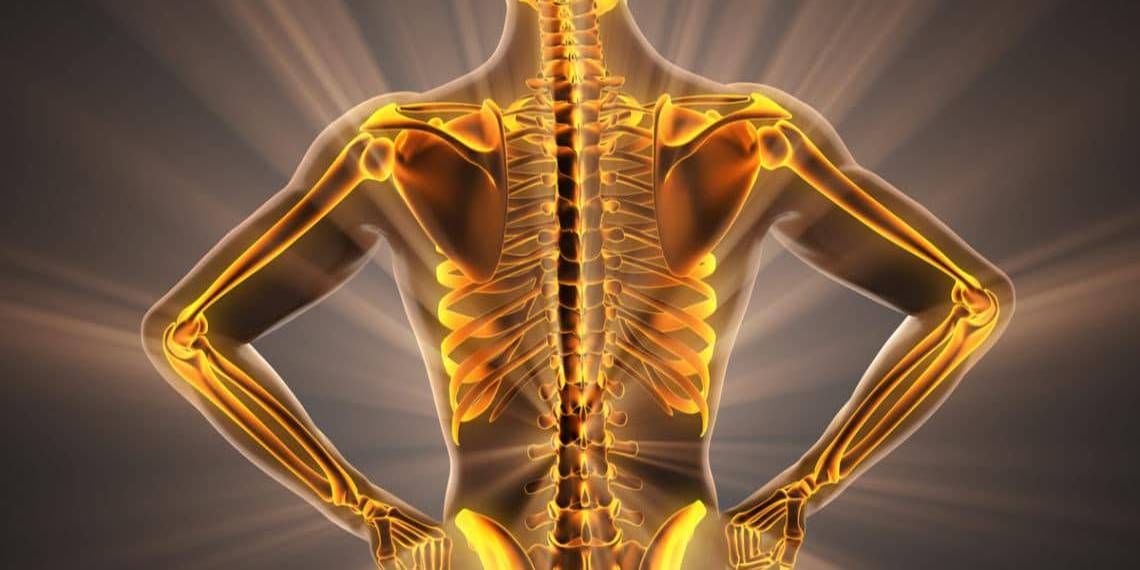The large-scale study, which relied on objective data about exercise from more than 90,000 adults, bolsters the growing evidence that almost any amount of physical activity seems to be good for cardiovascular health, with no apparent upper limit to the benefits.
For generations, of course, we have known that active people tend to have strong hearts. Back in the late 1940s and early 1950s, Jeremy Morris, a British epidemiologist, famously found that British bus conductors, who spent their days strolling aisles and climbing steps on the double-decker vehicles, were about half as likely to have a heart attack as the buses’ drivers, who sat all day.
Since then, countless epidemiological studies have uncovered similar links between physical activity and cardiovascular problems. In most, greater amounts of physical activity aligned closely with less risk of heart disease. In other words, people who moved a lot tended also to be people with sound hearts and arteries.
In some of those and other studies, though, there was a limit. As the amounts and intensities of people’s exercise rose, the benefits for their hearts plateaued or even plummeted. In a few studies, prolonged intense workouts over the course of years seemed to contribute to an increased risk for heart problems, suggesting that too much exercise may damage the heart. But those studies generally were small and focused on specific groups of people, such as male masters athletes.
Even the larger-scale, epidemiological studies of exercise and heart health, though, often relied on people’s memories and self-reports about their exercise habits, which are not always accurate.
So, some aspects of the relationship between physical activity and cardiovascular health have remained opaque. Can we work out too much for the sake of our hearts? Do men and women get the same cardiovascular-disease risk reductions from the same amounts of physical activity? How much do we actually move around during the day?
Those questions interested Dr. Terence Dwyer, an emeritus professor of epidemiology at the University of Oxford in England, and his colleagues, who long had studied the interplay of lifestyle and disease risk. And they knew of a potential source of increased clarity about possible answers, in the U.K. Biobank.
The U.K. Biobank is an impressively large database of health and lifestyle information about more than 500,000 adult men and women in the United Kingdom. Beginning in 2006, these volunteers provided blood, urine and saliva samples for genetic and medical testing, answered lengthy questionnaires about their lives and completed full health and medical screenings. More than 100,000 of them also agreed to wear activity trackers for a week, to carefully measure how much they moved.
Source: https://www.nytimes.com/
Physical activity is essential for your heart’s health. Santegra® product CardioPhyt™ contains vitamins, minerals and herbs that work synergistically to support the cardiovascular system.
How Much Exercise Do You Need for Better Heart Health?
- By Santegra Inc.
- Mar 3, 2021








